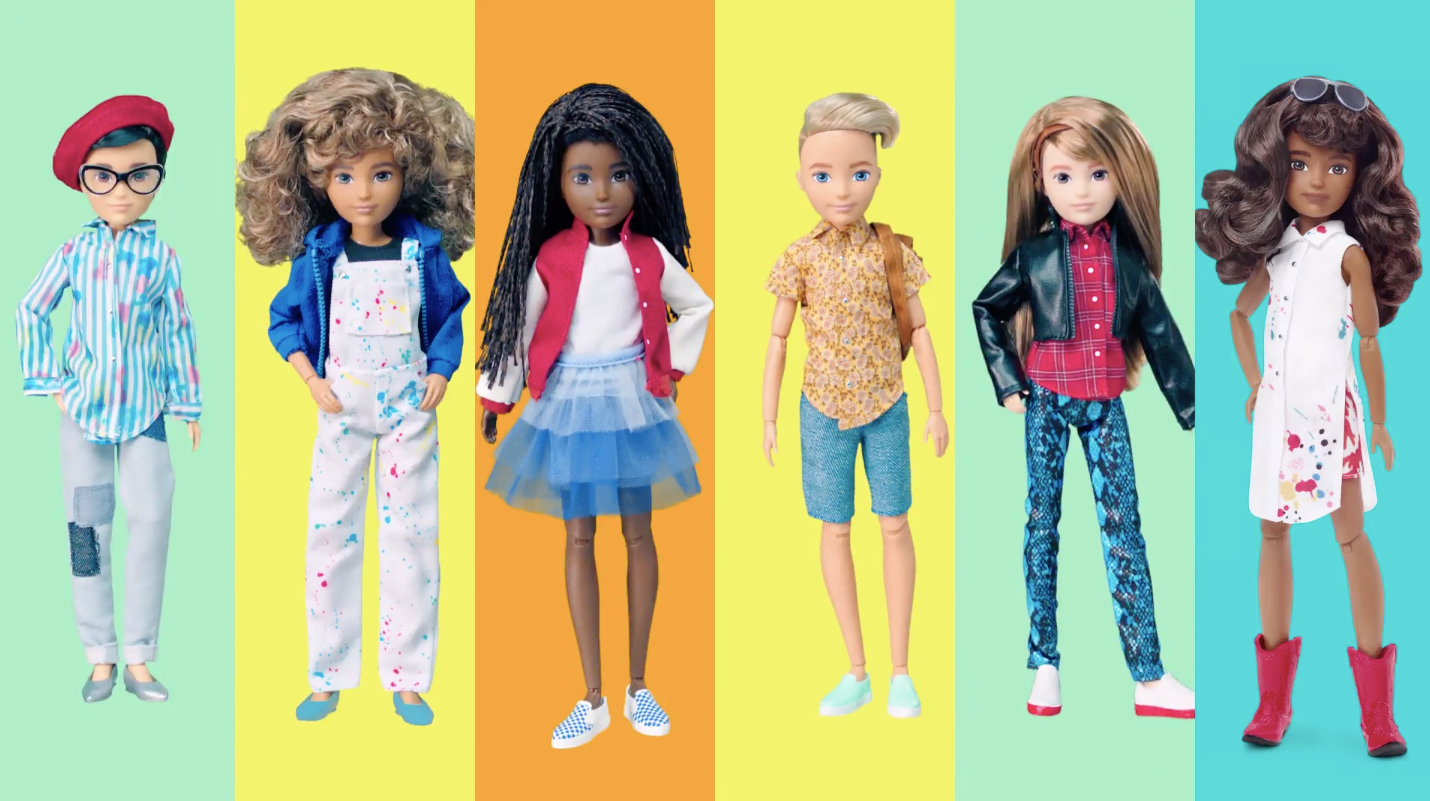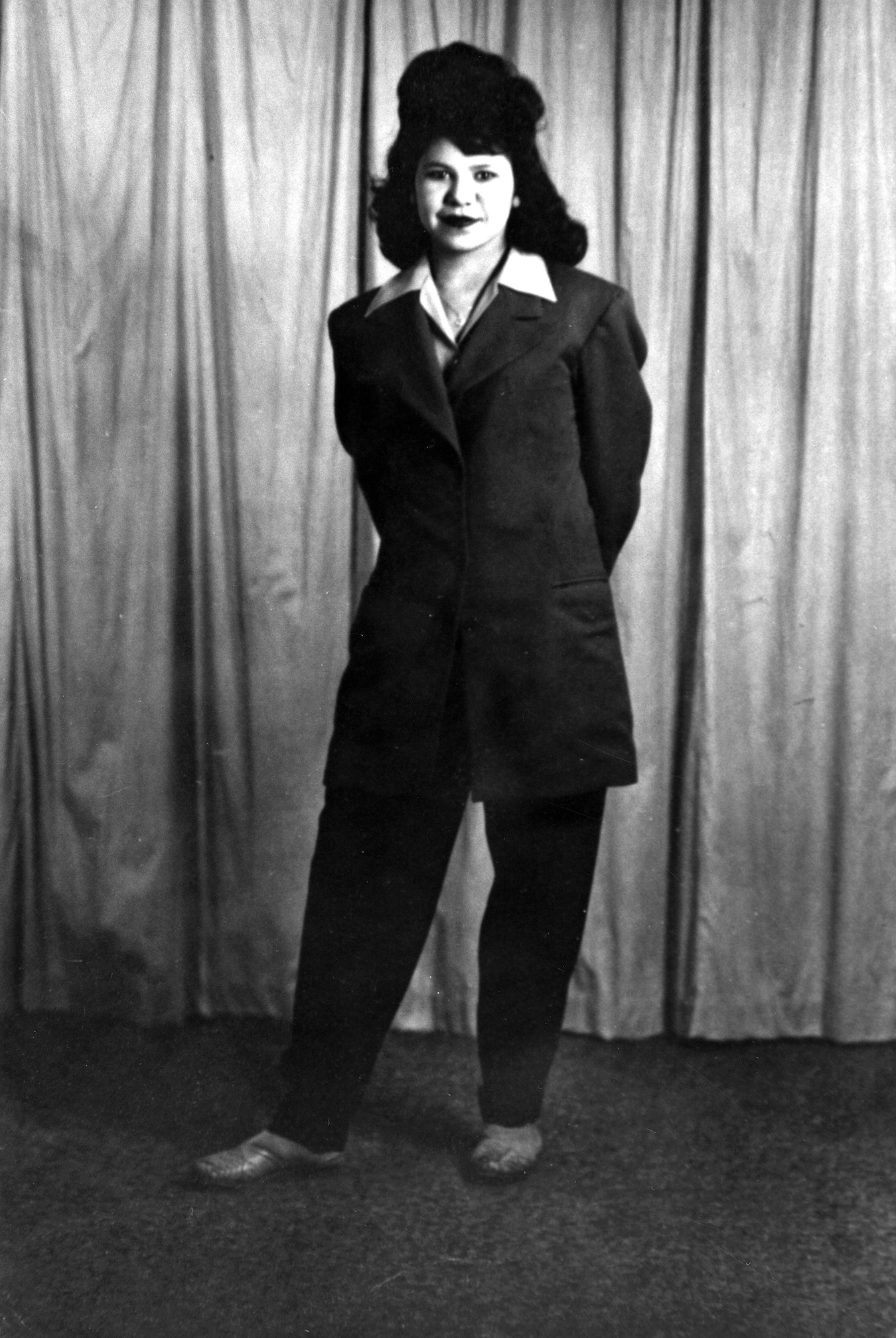Fashion has always been gendered and in the beginning of fashion studies there was a line between what is considered “male” and “female” clothes. With the emergence of the 20th century certain styles and attitudes towards fashion shifted gears, especially with the rise of the LGBTQ community into the mainstream consciousness. In Kathy Preiss’ chapter “The Making of the Zoot Suit”, fashion and masculinity are intertwined with the creation of the zoot suit. Most of the men wearing zoot suits were African American or Hispanic coming from working class backgrounds. The zoot suit was a bridge between “desire and necessity, an ideal fashioned from combinations of old clothes, hand-me-downs, and clothes bought a size or two too big.” (Peiss, pg.32) Clothing is used to exhibit a certain allure or glamour about an individual and introduction of the zoot suit allowed men to become more flamboyant. Traditional male clothes previously had a more tailored look and the zoot suit signified a change in male dressing. If both men and women could wear loose clothing, one garment cannot define gender identity. Androgynous attire, which came later, redefined how clothes are worn and marketed. The LGBTQ and non-binary communities opened the door in the 1960s to the idea of free gender expression in clothing and presentation. Today clothes are still marketed towards the two main genders, however there is a change to be more inclusive to those who do not identify as male or female. The real marker of change will be if gender neutral clothing will be accepted as a staple or seen as counterculture.
The Phluid Project: https://thephluidproject.com




